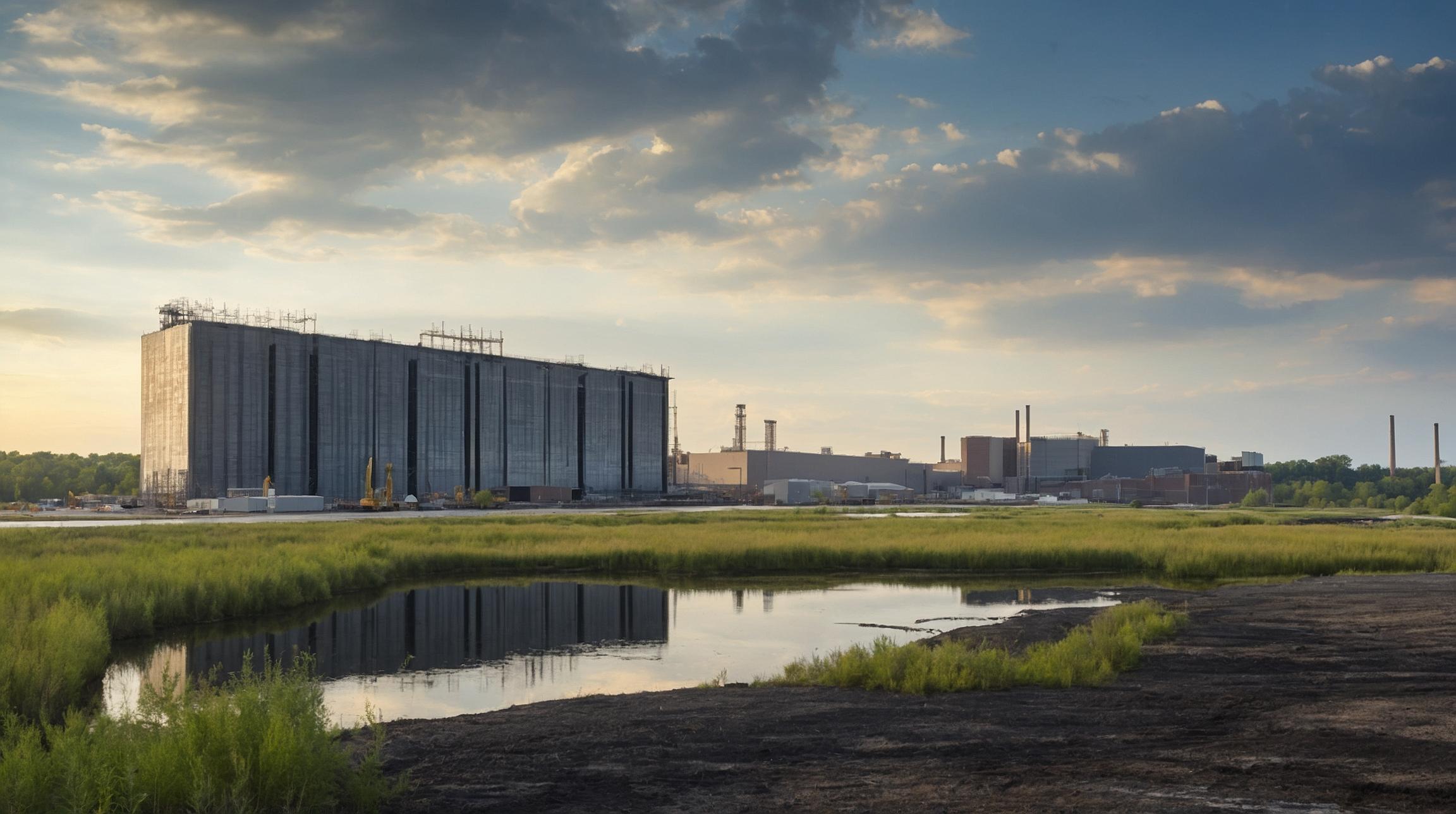Maritime Shipping Industry Faces Challenges as Tensions Rise in the Red Sea
The maritime shipping industry is currently facing difficulties due to escalating tensions in the Red Sea. Major shipping companies have halted operations through this vital corridor, leading to the rerouting of ships around the Cape of Good Hope. This has resulted in longer travel distance and time, causing a significant rise in shipping rates and a strain on global supply chains.
According to data from Xeneta, shipping costs have seen a drastic increase. Rates for 40-foot containers from Asia to Europe have surged to an average of $4,765, a significant jump from $1,415 in early December. This escalation is not only due to longer sailing times and higher fuel costs but also increased insurance premiums and surcharges.
The crisis has had a particularly acute impact on the bulk liquid market as the route from the Far East to Europe and the U.S. is crucial for transporting essential commodities such as edible oils, chemicals, industrial liquids, and beverages.
These factors, along with continuous strains on the supply chain, indicate that the crisis will likely have enduring effects. Industry forecasts suggest a potential surge in rates for a forty-foot equivalent unit (FEU) to as much as $12,000 by February 2024, reflecting a tightening market with limited availability of shipping space.
The Role of Increased Payload in Overcoming Challenges
In the face of these challenges, the maritime shipping industry must go beyond short-term solutions and adopt long-term strategies that enhance cost competitiveness. One such innovation is the introduction of smart containers in transportation. These containers are a significant shift from the traditional steel containers that have been used for over 60 years.
While steel containers have historical significance, their limitations in terms of space utilization, tracking capabilities, and sustainability standards are apparent. Newer models of shipping containers are designed to be foldable or more robust, enhancing efficiency. They have the ability to carry more payload or occupy less space when transported empty, reducing the cost per ton.
By increasing payload capacity, companies can transport more goods with fewer containers, reducing the number of shipments required and decreasing total shipping costs. For example, with ocean rates potentially reaching $5,000 from Asia to Europe, increasing payload by 17% could reduce the cost per ton for bulk liquid shipments from $292/ton to $275/ton.
Embracing New Technologies for Resilient Shipping
As the maritime shipping industry faces rising costs and global disruptions, it is crucial to adopt smarter, strategic approaches. This situation highlights the need for new tools and strategies to ensure flexibility and resilience in the face of future uncertainties.
Industry stakeholders should prioritize analyzing key elements that enhance operational resilience. This includes exploring advanced technologies for cargo efficiency, optimizing route planning, and adopting sustainable practices. By doing so, the industry can adapt to innovations and maintain robust operations in a volatile global market.
The maritime shipping industry is in the midst of navigating turbulent waters, but by embracing new technologies and adopting long-term strategies, it can overcome these challenges and safeguard global supply chains.
Analyst comment
Negative news: The maritime shipping industry is facing challenges due to escalating tensions in the Red Sea, leading to halted operations, rerouting of ships, longer travel distance, and a significant rise in shipping rates. This crisis is straining global supply chains and causing enduring effects. Rates for shipping containers have drastically increased, and industry forecasts suggest a surge in rates by 2024.
As an analyst, it is expected that the market will continue to face difficulties in the maritime shipping industry. The tight market with limited shipping space availability will lead to a potential surge in rates for shipping containers. Companies will need to adopt long-term strategies and embrace new technologies to enhance cost competitiveness and ensure flexibility and resilience in the face of uncertainties.













